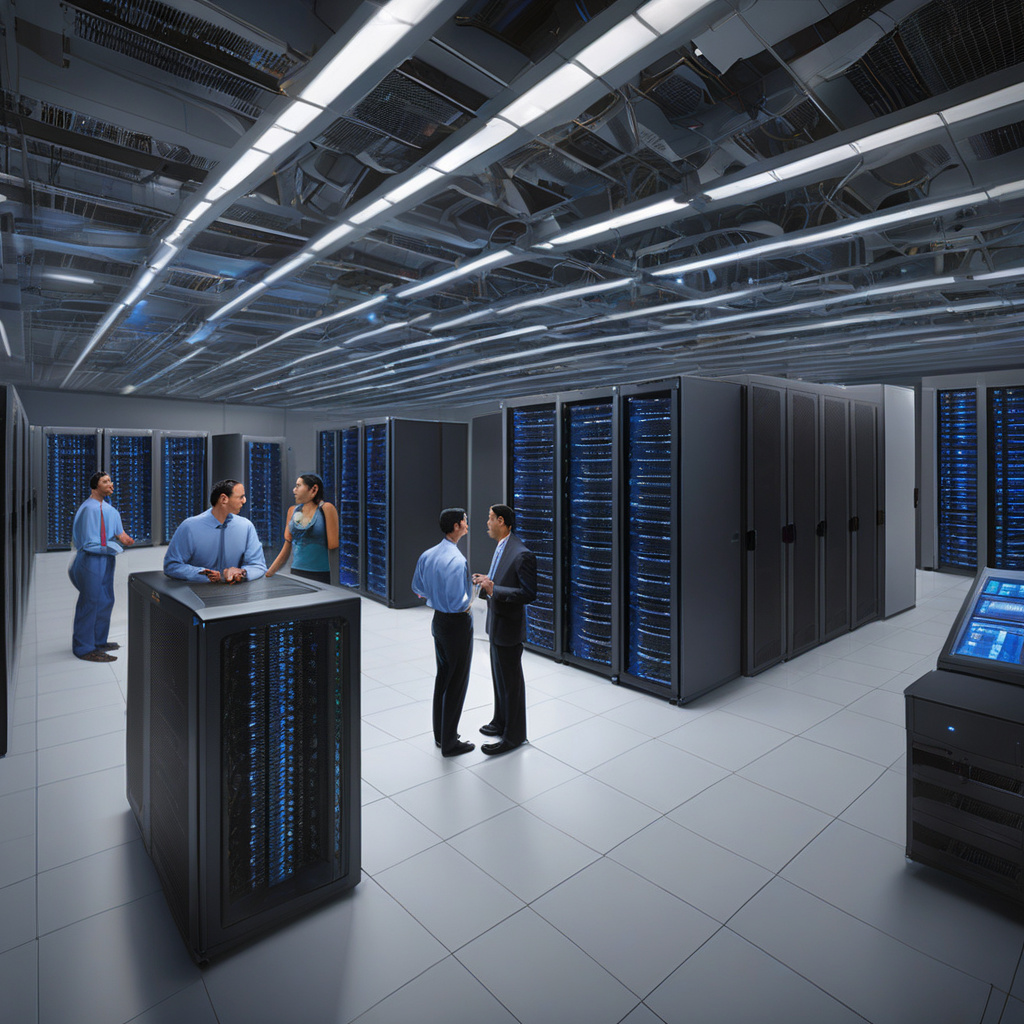In the fast-paced realm of technology, where data centers are the beating heart of operations, Microsoft finds itself at a critical juncture. The company’s ambitious foray into artificial intelligence (AI) and cloud services has propelled its growth to breakneck speeds. However, this rapid expansion is not without its challenges, particularly when it comes to sustainability. Microsoft’s sustainability goals, once clear and resolute, now stand imperiled by the very innovations that are driving its success.
As Microsoft’s data centers multiply to support the burgeoning demands of AI and cloud computing, energy consumption soars. The sheer magnitude of power required to fuel these operations is staggering, placing a significant strain on environmental resources. Despite advancements in energy efficiency and renewable energy initiatives, the exponential growth of data centers continues to outpace these efforts.
Moreover, the environmental impact extends beyond energy consumption. The massive infrastructure needed to sustain Microsoft’s data centers results in land use, water consumption, and e-waste generation. As the company races to keep up with the escalating demands of the digital age, the ecological footprint left in its wake raises concerns about long-term sustainability.
To address these challenges and uphold its commitment to sustainability, Microsoft must innovate not only in technology but also in environmental stewardship. The company has made strides in adopting renewable energy sources and implementing energy-efficient practices, but more decisive action is needed to mitigate the environmental consequences of its expanding data center network.
One potential solution lies in exploring cutting-edge technologies such as liquid cooling, which can significantly reduce energy consumption and enhance cooling efficiency in data centers. By embracing innovative approaches to infrastructure design and operation, Microsoft can minimize its environmental impact while supporting the growing demands of AI and cloud services.
Collaboration with industry partners, policymakers, and environmental advocates is also essential in charting a sustainable path forward. By fostering partnerships that prioritize sustainability, Microsoft can leverage collective expertise and resources to drive meaningful change in the data center industry.
In conclusion, Microsoft’s breakneck data center growth presents formidable challenges to its sustainability goals. However, with strategic investments in renewable energy, energy-efficient technologies, and collaborative partnerships, the company can navigate these challenges and pave the way for a more sustainable future in technology. As Microsoft continues to push the boundaries of innovation, balancing progress with environmental responsibility will be key to achieving its long-term sustainability objectives.

